Anyone looking to make their skin look better and feel better has probably gone through the process of buying many creams, ointments, serums, and essences specializing in rejuvenating the skin. Many of these products do work wonders for a person's skin. However, there is a way to make them work even better.
Using an ultrasonic facial machine can help those products absorb better and work deep in the skin where the real damage is.

The Ultrasonic Device
The device that is used for ultrasonic treatments is a simple one. At its base level, it vibrates at high frequencies and this allows the machine to massage products into the skin better than applying it by hand. These high levels of sound waves help products penetrate the skin, instead of sitting on top where it cannot be used to its fullest extent.
Ultrasonic Treatments
Those that have been working to get better skin for many years may recognize the ultrasonic facial machines from salons. They were once a popular treatment for when people sought out professional help with their skin. These treatments were so successful for people that manufacturers saw a market for at home devices.
Now, this salon treatment can be done at home for a fraction of the cost. There are many different types of ultrasonic facial machines. With each type of machine, there may be a slightly different experience. Most machines recommend using a conductive gel with the machine, plus the products being applied, to make the most of the treatment.

What makes these machines special is their ability to vibrate at high frequencies. These frequencies will range from 1MHz to 5MHz. Each setting giving a different benefit or having a different use depending on the areas of the body it is being used ranging from a harsh treatment to a soft treatment.
What else do you need to know?
Ultrasonic technology has revolutionized various industries, and its application in skincare is a prime example of its versatility. Ultrasonic cleaners, commonly known for their use in industrial settings, have now found a niche in personal care, particularly in skin treatments. These devices utilize ultrasonic waves to deliver a deep and effective cleanse that traditional methods cannot achieve. Waves, emitted by a piezoelectric transducer, create high-frequency sonic vibrations that penetrate the skin layers, enhancing the effectiveness of skincare products.
The core of this technology lies in the ultrasonic transducer, which converts electrical energy into special waves. These waves, oscillating at frequencies often ranging between 1MHz to 5MHz, are the driving force behind the cleaning process. When applied to the skin, these ultrasonic waves generate micro-vibrations that not only cleanse but also stimulate the skin, promoting better absorption of skincare products. This method, known as ultrasonic cleaning, is widely used in professional salons and has now become accessible for at-home treatments.
One of the critical components in ultrasonic devices is the piezoelectric sensor. This sensor is responsible for detecting the ultrasonic waves and ensuring that they are emitted at the correct frequency and intensity. The precise control over these waves is what allows for customized treatments, ranging from gentle massages to more intense cleansing sessions. The versatility of waves makes them ideal for various applications, from skincare to welding, where precise control over sound waves is crucial.
Ultrasonic technology is not just limited to cleaning or skincare. It has also made significant strides in medical imaging, where ultrasound devices utilize similar principles to create detailed images of internal organs. The transducer in these devices emits special waves that penetrate the body and bounce back, creating a visual representation of the internal structures. This non-invasive method is frequently used in diagnostics and has become a standard tool in modern medicine.
In conclusion, the application of ultrasonics in skincare showcases the broad potential of this technology. Whether through ultrasonic cleaners or advanced ultrasound devices, the ability to harness sound waves for various purposes is a testament to the innovation in this field. As waves continue to be studied and refined, their use in both personal care and industrial applications is likely to expand, offering even more benefits in the future.
Ultrasonic technology, while commonly associated with skincare and medical imaging, also plays a pivotal role in cleaning processes, especially when it comes to delicate or intricate items. A professional ultrasonic cleaner with a digital timer is an excellent tool for achieving superior cleaning results. Devices like the Vevor ultrasonic cleaner 1.3L professional are specifically designed for cleaning small parts, such as jewelry, dental instruments, and other sensitive items, by utilizing 40kHz excellent ultrasonic cleaning technology.
The working principle of these machines involves the use of ultrasonic transducers, which convert electrical energy into high-frequency sound waves, often around 40kHz. These waves propagate through the cleaning solution, creating millions of microscopic cavitation bubbles. When these bubbles implode, they release powerful shock waves that dislodge dirt, grime, and other contaminants from the surfaces of the items being cleaned. This process, known as cavitation, ensures that even the most stubborn dirt is removed, making ultrasonic cleaning machines far more effective than traditional cleaning methods.
An ultrasonic cleaner 1.3L professional unit, like those offered by Vevor, typically features a stainless steel tank and a digital control panel, allowing users to set the cleaning time and ultrasonic power with precision. The inclusion of a digital timer 40kHz is crucial, as it ensures that the cleaning process is conducted for the optimal duration, preventing damage to delicate items while maximizing the cleaning effect. This cleaning machine 110V for jewelry is not only efficient but also user-friendly, making it ideal for both professional and home use.
The versatility of ultrasonic cleaning machines extends beyond jewelry and dental instruments; they are also frequently used in industrial settings for cleaning automotive parts, electronic components, and even laboratory equipment. The ultrasonic energy generated by these devices ensures thorough cleaning in hard-to-reach areas, where manual cleaning methods often fall short. This makes ultrasonic cleaners an indispensable tool in both professional and industrial applications.
In addition to their powerful cleaning capabilities, ultrasonic machines are also valued for their ability to perform ultrasonic nondestructive testing (NDT). This technique is used to detect flaws and defects in materials without causing any damage. By emitting ultrasonic pulses into a material and analyzing the reflected waves, NDT can reveal internal cracks, voids, and other imperfections, ensuring the integrity and safety of critical components. This application highlights the broad range of ultrasonic frequencies and their importance in both quality control and maintenance.
Overall, the ultrasonic cleaner with digital timer is a versatile and efficient device, offering advanced cleaning solutions for a variety of applications. Whether used in a jewelry workshop, dental clinic, or industrial plant, these machines provide reliable and thorough cleaning, making them an essential tool for professionals across multiple fields.

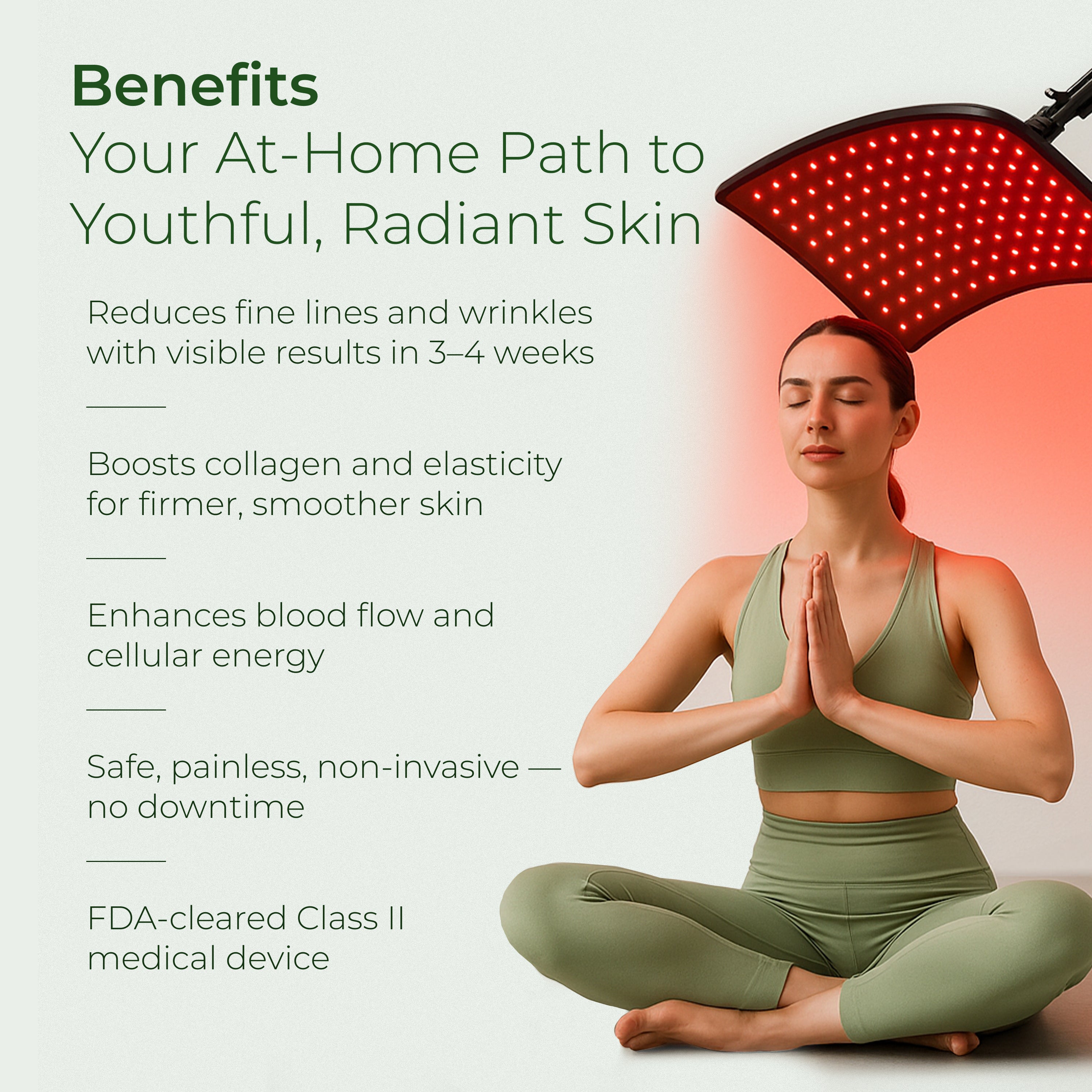

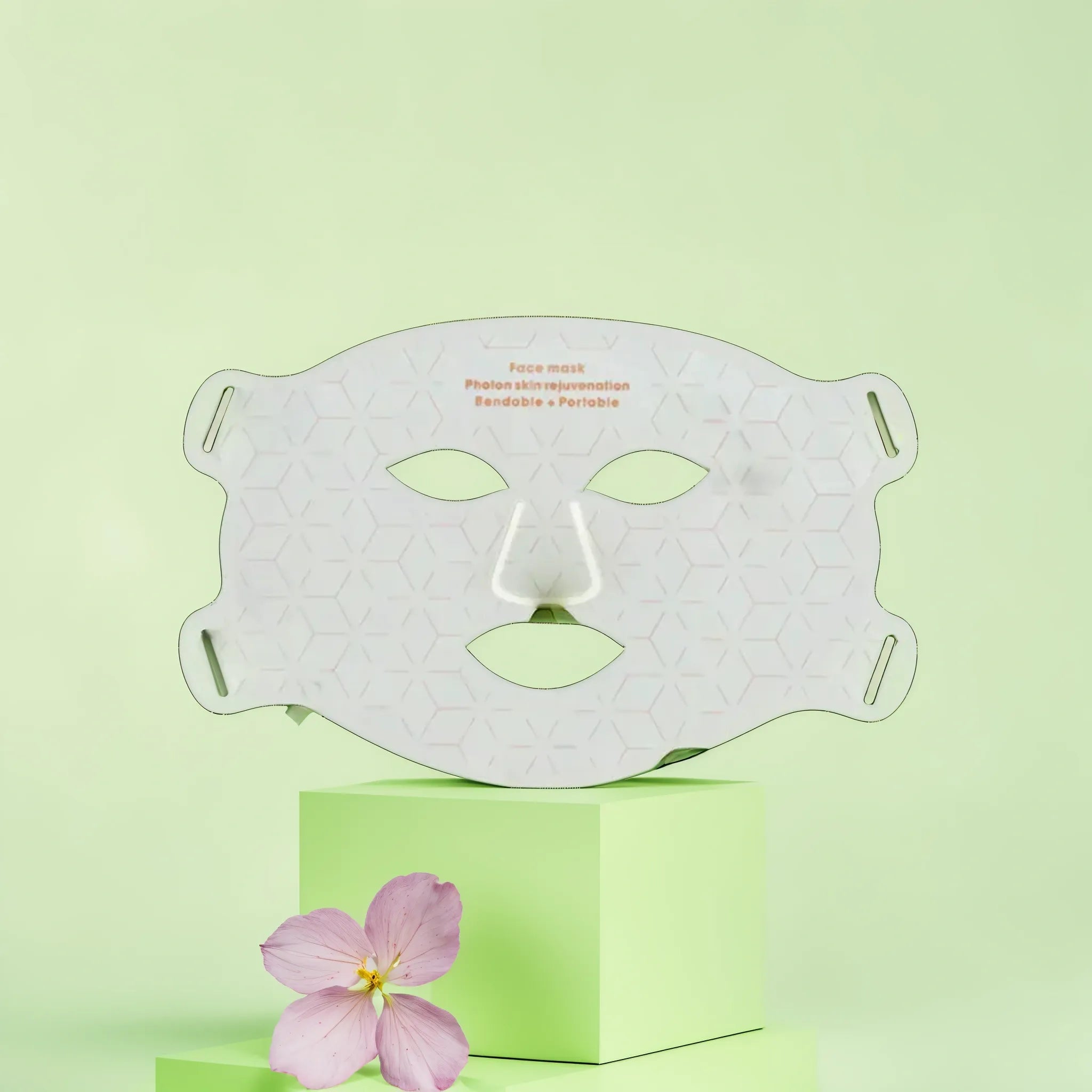
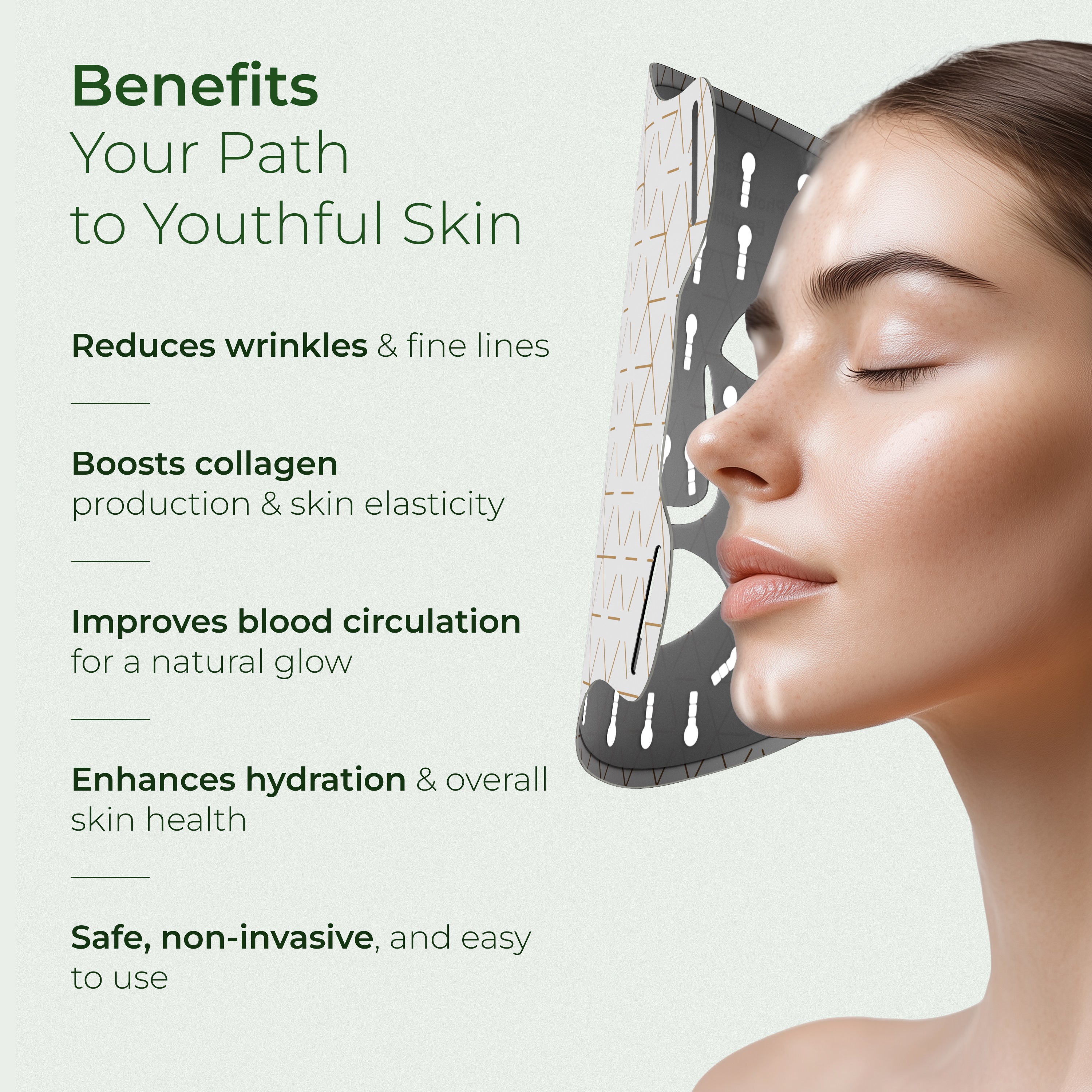


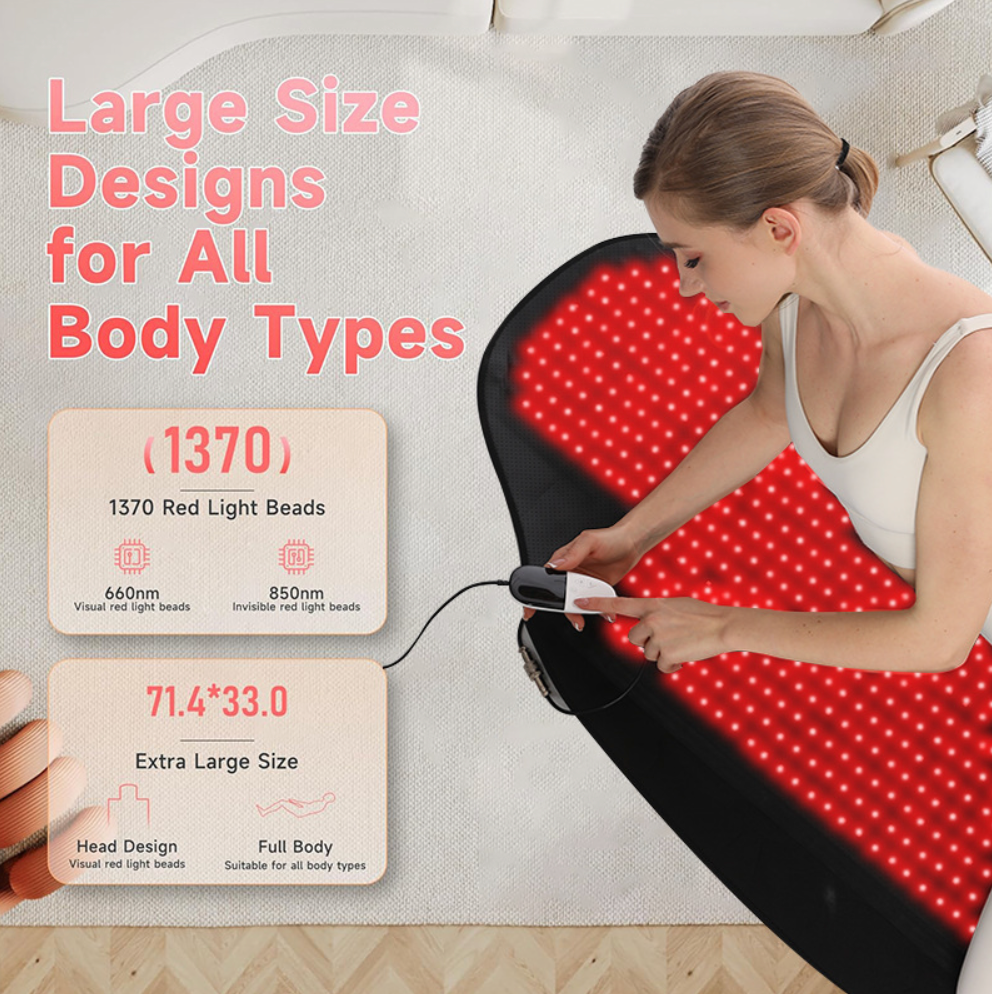
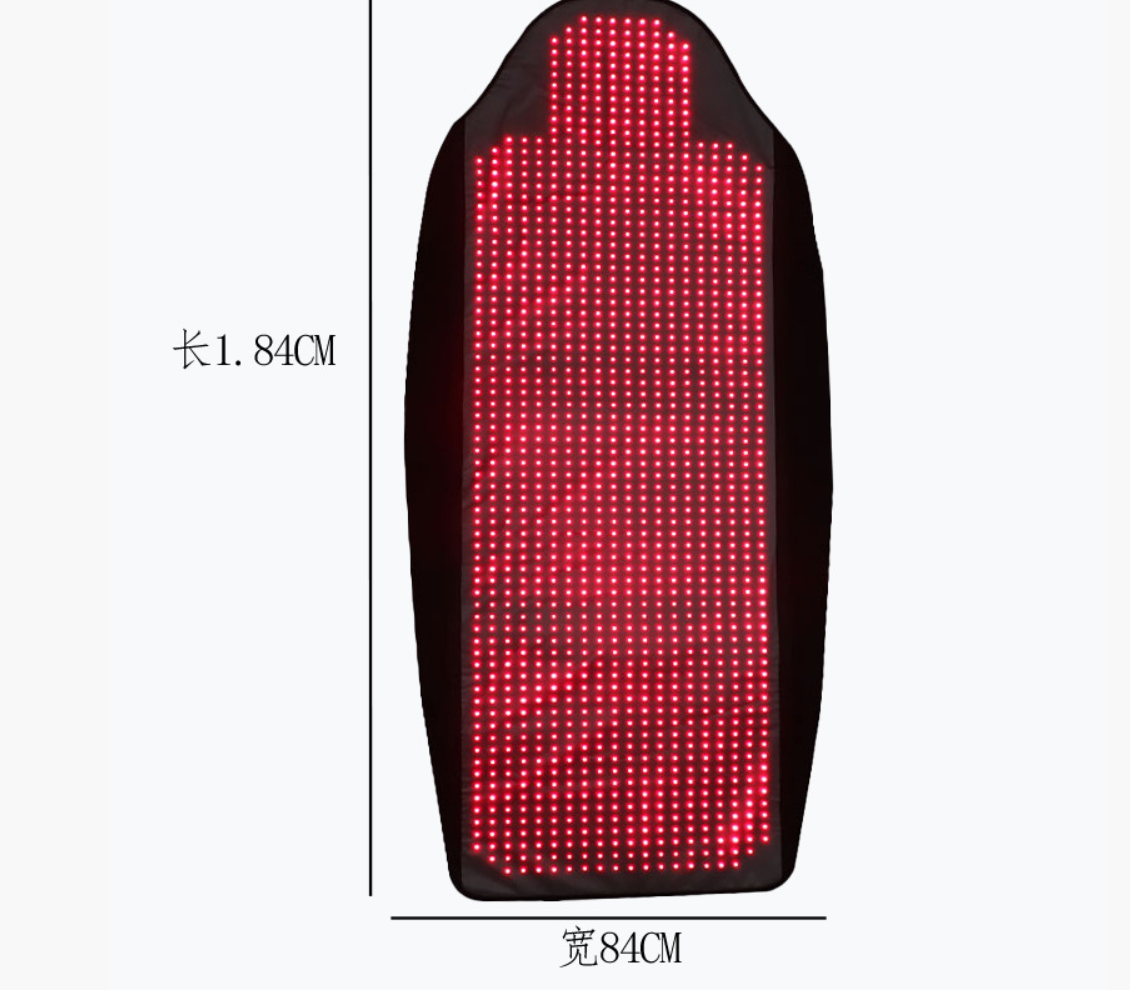




Laisser un commentaire
Ce site est protégé par hCaptcha, et la Politique de confidentialité et les Conditions de service de hCaptcha s’appliquent.